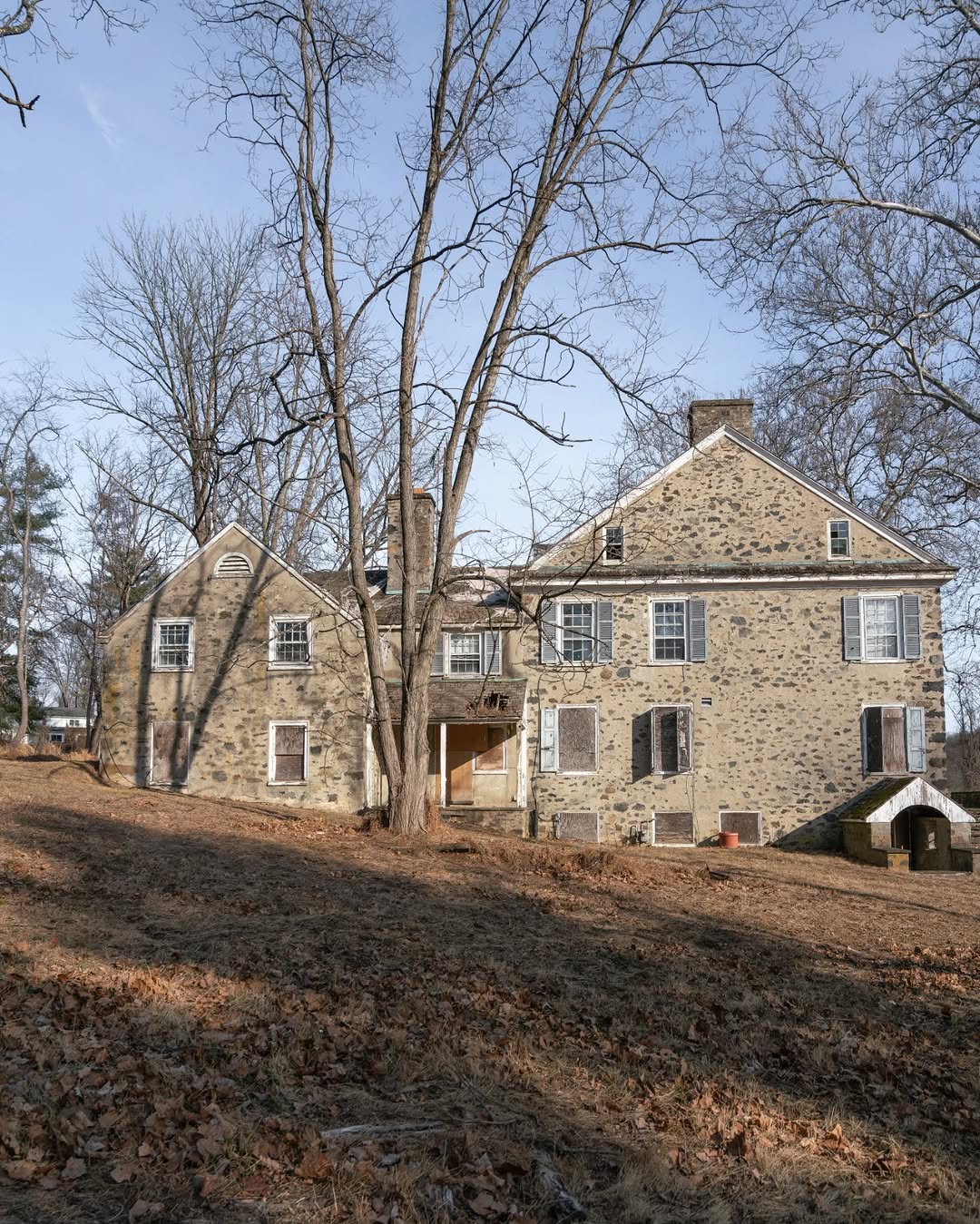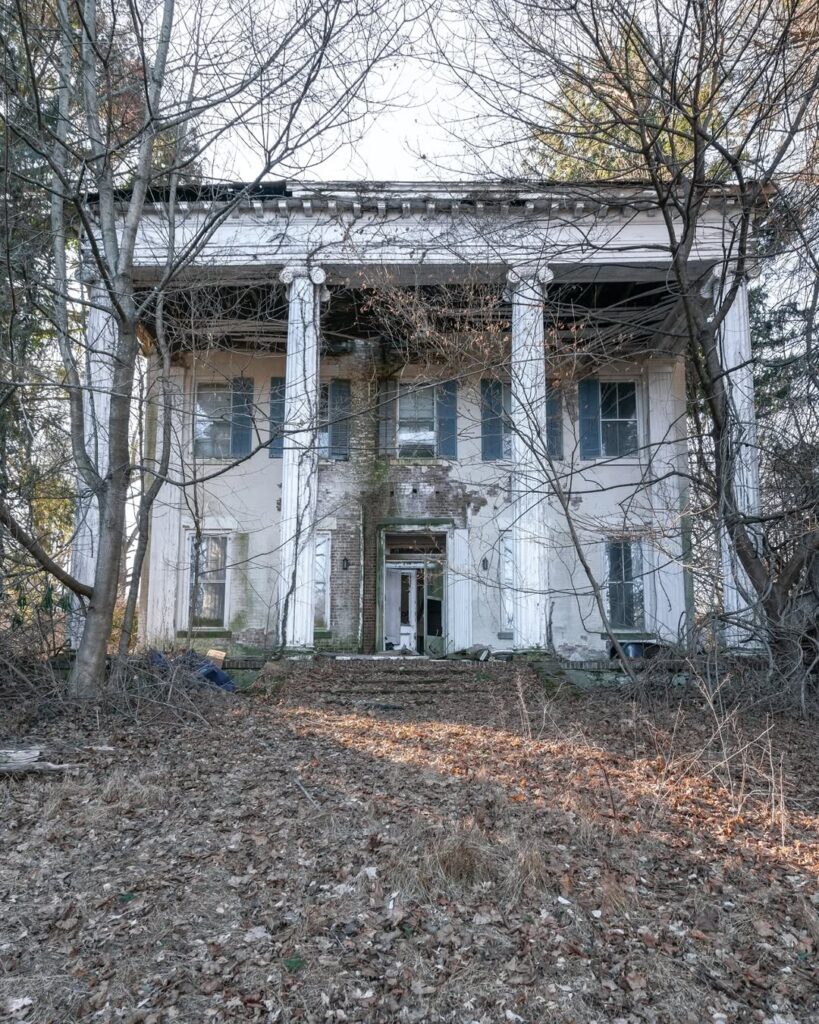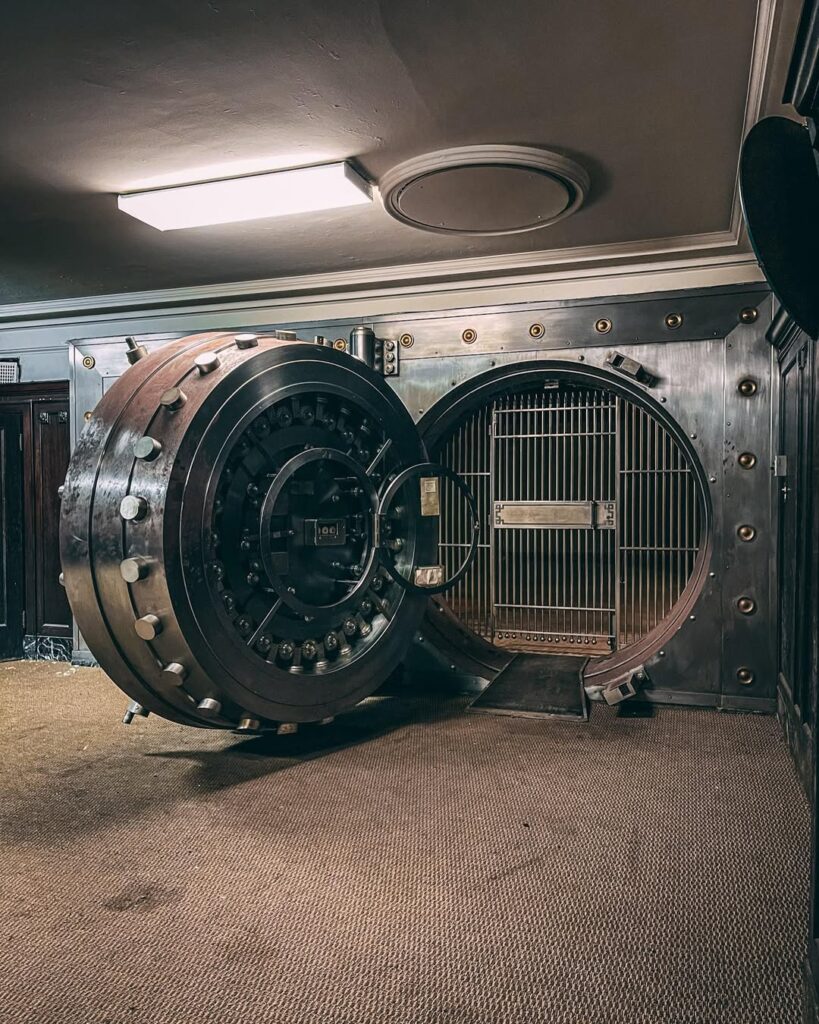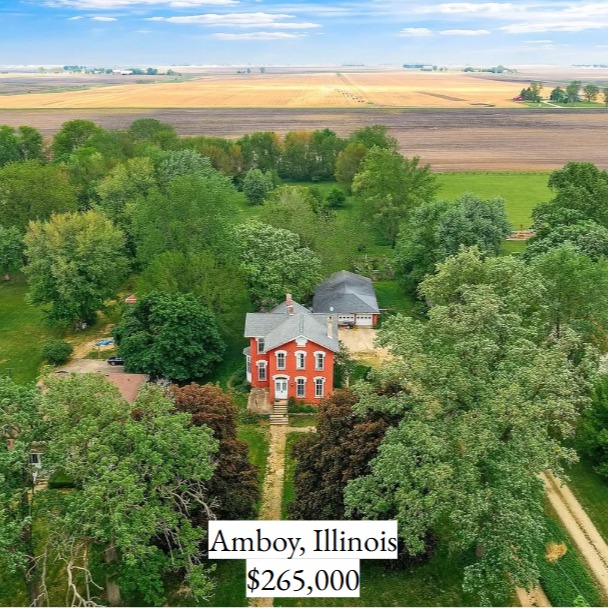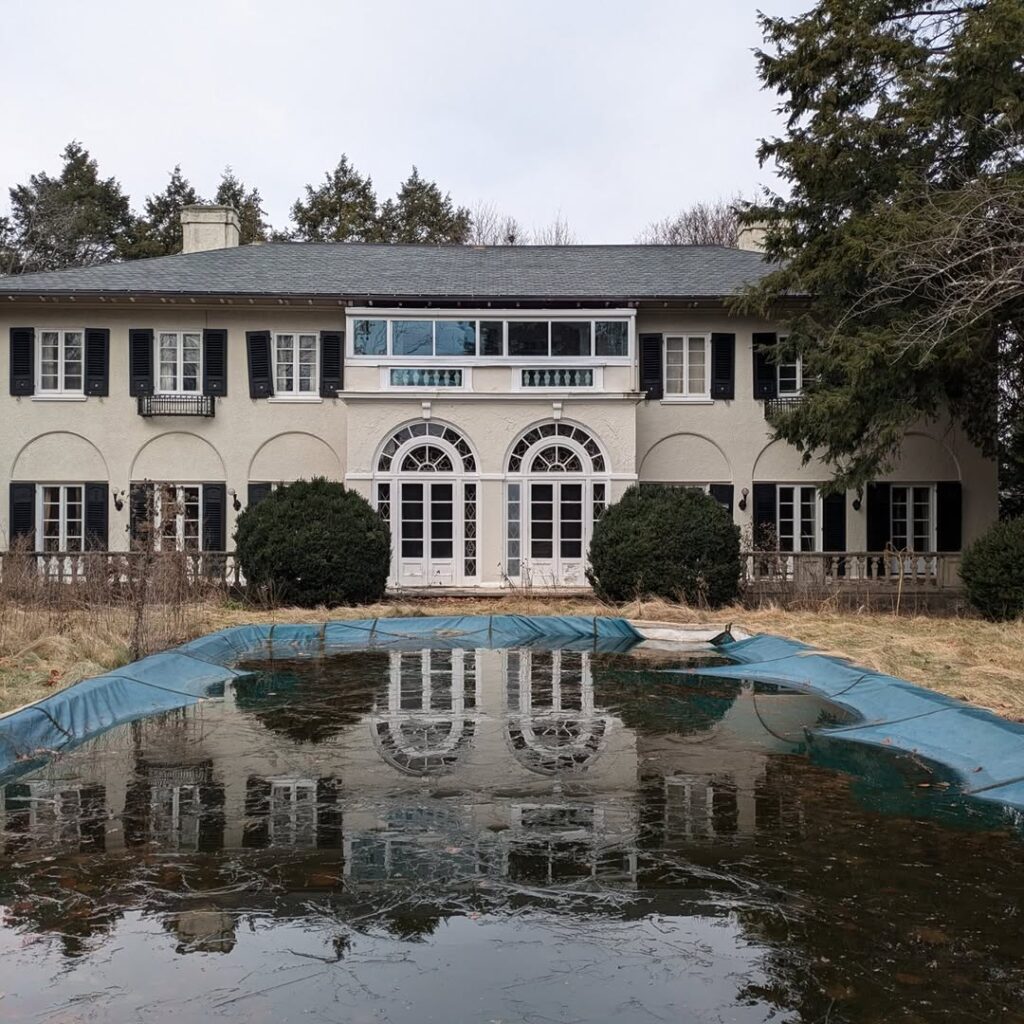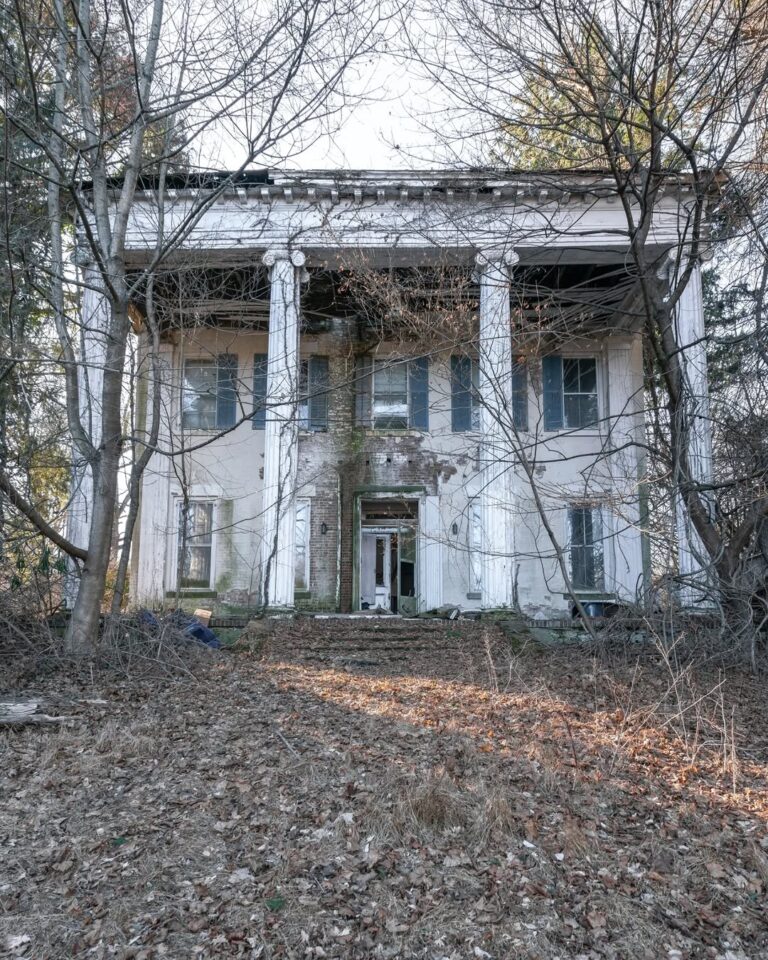The American landscape is dotted with countless abandoned properties that tell the story of our nation’s industrial past. From forgotten mills to deserted homesteads, these properties serve as silent witnesses to the dreams, struggles, and eventual departures of families who helped build America. Among these fascinating relics of history, few are as compelling as properties that trace their origins back to the earliest waves of European immigration to the New World.
Table of Contents
ToggleThe Legacy of Irish Immigration and Industrial Development in Colonial America
When we examine abandoned properties that date back to 1773, we’re looking at structures that witnessed the birth of American industry. The year 1773 holds particular significance in American history – it was just three years before the Declaration of Independence, during a time when colonial America was rapidly expanding its manufacturing capabilities to reduce dependence on British imports.
Irish immigrants who arrived in America during this period often brought with them valuable skills in metalworking, agriculture, and various trades. Many settled in areas that would become centers of industrial activity, establishing businesses that would serve their communities for generations. The story of an abandoned property that dates back to when the original owner immigrated from Ireland in 1773 represents a microcosm of American industrial development.
Understanding Rolling Mills and Their Historical Importance
What Were Rolling Mills in 18th Century America?
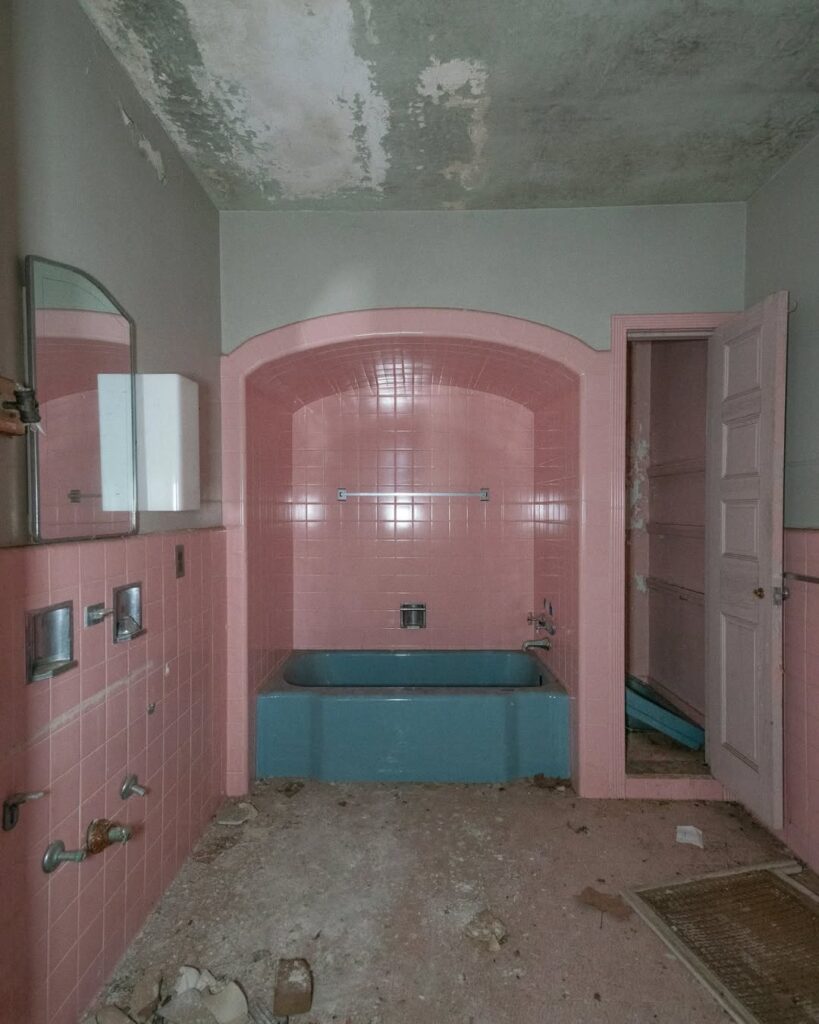
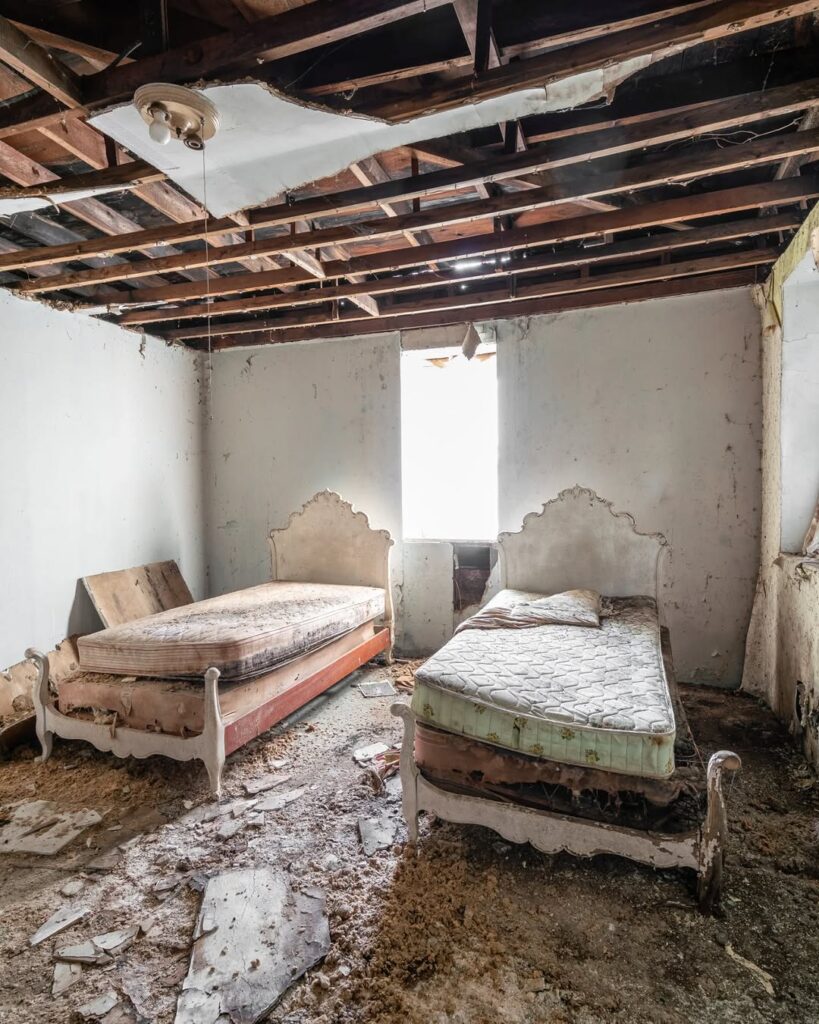
Rolling mills were crucial components of early American industry, particularly in the production of iron and steel products. These facilities used large rollers to shape heated metal into sheets, bars, and other useful forms. The technology was essential for producing everything from household items to industrial components, making rolling mill operators valuable members of their communities.
The establishment of a rolling mill on private property was common during this era, as many industrial operations were family-owned businesses that operated from the owner’s land. This integration of residential and industrial use created unique properties that served multiple purposes for generations.
The Multi-Generational Nature of Industrial Properties
One of the most fascinating aspects of historic industrial properties is how they often remained within the same family for decades or even centuries. Sons would learn the trade from their fathers, inheriting not just the business but also the specialized knowledge required to operate complex machinery and maintain customer relationships.
This generational continuity created strong community ties and established these properties as anchor points in local economies. The rolling mill that operated on the property from 1773 would have employed not just family members but also local workers, creating a web of economic relationships that sustained entire communities.
The Decline of Family-Owned Industrial Operations
Economic Pressures and Market Changes
The eventual closure of family-owned rolling mills and similar operations reflects broader economic changes that swept through America during the 19th and 20th centuries. Several factors contributed to the decline of these small, family-operated industrial facilities:
Industrialization and Economy of Scale: As America industrialized, larger factories with more efficient production methods began to dominate markets. Small rolling mills found it increasingly difficult to compete with large-scale operations that could produce goods more cheaply and in greater quantities.
Technological Advancement: New technologies in metalworking and manufacturing made older rolling mill equipment obsolete. Families faced the choice of investing heavily in new equipment or closing their operations.
Transportation Revolution: The expansion of railroads and improved transportation networks meant that goods could be shipped from distant factories, reducing the advantage of local production facilities.
Urbanization: As populations shifted from rural to urban areas, the customer base for local industrial operations diminished, making it harder to sustain profitable operations.
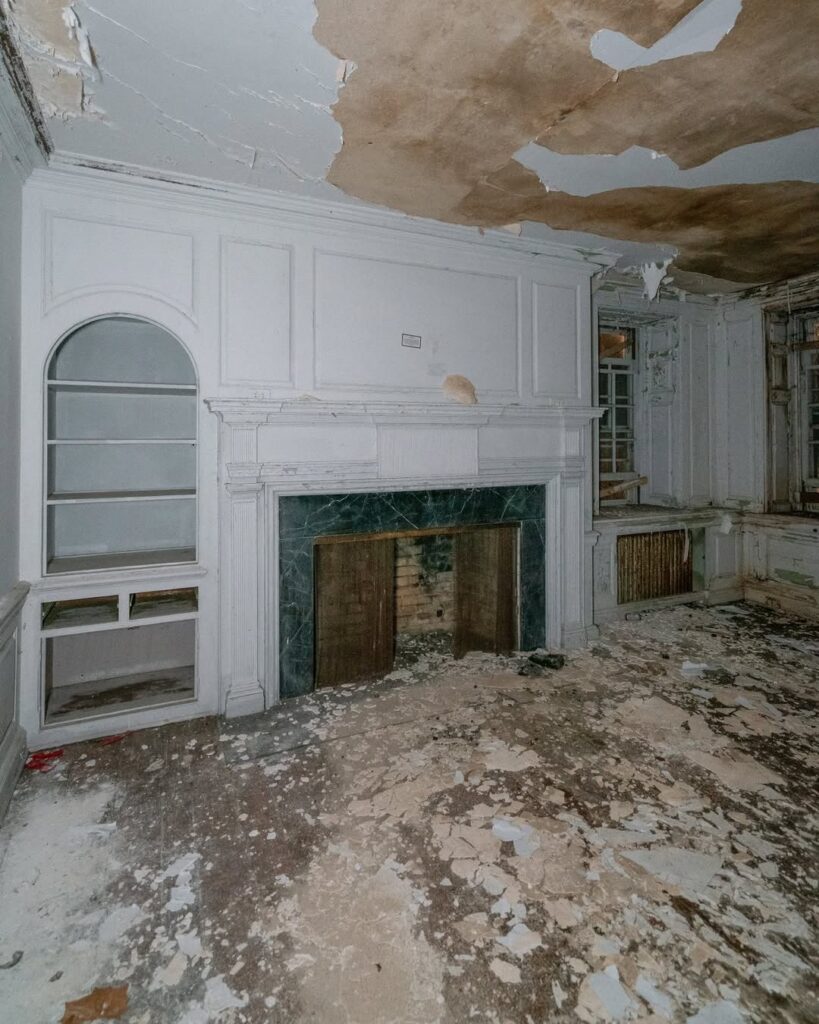

The Human Cost of Industrial Transition
The forced closure of family rolling mills represented more than just economic loss – it marked the end of ways of life that had sustained families for generations. Workers who had learned specialized skills found themselves needing to adapt to new industries or relocate to find employment. The abandonment of these properties often followed soon after, as families could no longer afford to maintain facilities that were no longer generating income.
Abandoned Properties: Windows into American History
Historical Significance of Pre-Revolutionary Properties
Properties that date back to 1773 are particularly valuable from a historical perspective. They represent the pre-Revolutionary period when America was still developing its industrial identity. These properties often contain architectural elements, industrial equipment, and other artifacts that provide insight into early American manufacturing methods and daily life.
The fact that such properties remained in the same family for multiple generations adds another layer of historical significance. Family records, photographs, and oral histories associated with these properties often provide detailed accounts of how industrial operations evolved over time and how families adapted to changing economic conditions.
Archaeological and Cultural Value
Abandoned industrial properties from the colonial era are essentially archaeological sites that can provide valuable information about:
- Industrial techniques and technologies used in early America
- Living conditions of industrial families
- Economic relationships between industrial operations and local communities
- Environmental impacts of early industrial activities
- Cultural practices of immigrant communities
The Challenge of Preserving Historic Abandoned Properties
Legal and Ownership Issues
One of the biggest challenges in dealing with historic abandoned properties is determining current ownership and legal status. Properties that have been in the same family for generations may have unclear title situations, especially if the family dispersed or if inheritance issues were never properly resolved.
Common legal challenges include:
- Unclear title ownership due to incomplete estate settlements
- Tax liens accumulated over years of abandonment
- Environmental liabilities from industrial activities
- Zoning restrictions that may limit restoration options
- Building code violations that have accumulated over time
Financial Considerations
Restoring or maintaining historic abandoned properties requires significant financial investment. The costs associated with bringing a property up to current building codes, addressing environmental issues, and preserving historical integrity can be substantial. This reality often leads to continued abandonment, even when there is interest in preservation.


Opportunities for Historic Property Restoration and Reuse
Adaptive Reuse Strategies
Historic abandoned properties, particularly those with industrial heritage, offer unique opportunities for adaptive reuse. Successful projects have transformed old mills and industrial sites into:
Residential Developments: Converting industrial buildings into loft-style apartments or condominiums while preserving historical character.
Commercial Spaces: Repurposing buildings for retail, office, or restaurant use, taking advantage of unique architectural features.
Cultural Centers: Creating museums, art galleries, or community centers that celebrate local history and provide public amenities.
Mixed-Use Developments: Combining residential, commercial, and cultural uses to create vibrant community spaces.
Funding and Incentive Programs
Various federal, state, and local programs provide financial incentives for historic property restoration:
Historic Tax Credits: Federal and state tax credit programs can significantly reduce the cost of historic rehabilitation projects.
Grant Programs: Numerous foundations and government agencies offer grants for historic preservation projects.
Low-Interest Loans: Some programs provide favorable financing terms for historic restoration projects.
Property Tax Incentives: Many communities offer property tax reductions for properties that undergo historic restoration.
The Role of Community in Historic Property Preservation
Building Local Support
Successful preservation of historic abandoned properties often requires strong community support. Local historical societies, preservation groups, and community organizations can play crucial roles in:
- Documenting property history and gathering community memories
- Advocating for preservation with local government officials
- Fundraising for restoration projects
- Providing volunteer labor for cleanup and restoration activities
- Promoting awareness of the property’s historical significance
Educational Opportunities
Historic properties can serve as powerful educational tools, helping communities understand their industrial heritage and the role of immigration in American development. Educational programs can include:
- School field trips to learn about local history and industrial processes
- Community workshops on traditional crafts and trades
- Historical reenactments that bring the past to life
- Research projects that engage local students and volunteers
Environmental Considerations for Abandoned Industrial Properties
Assessment and Remediation
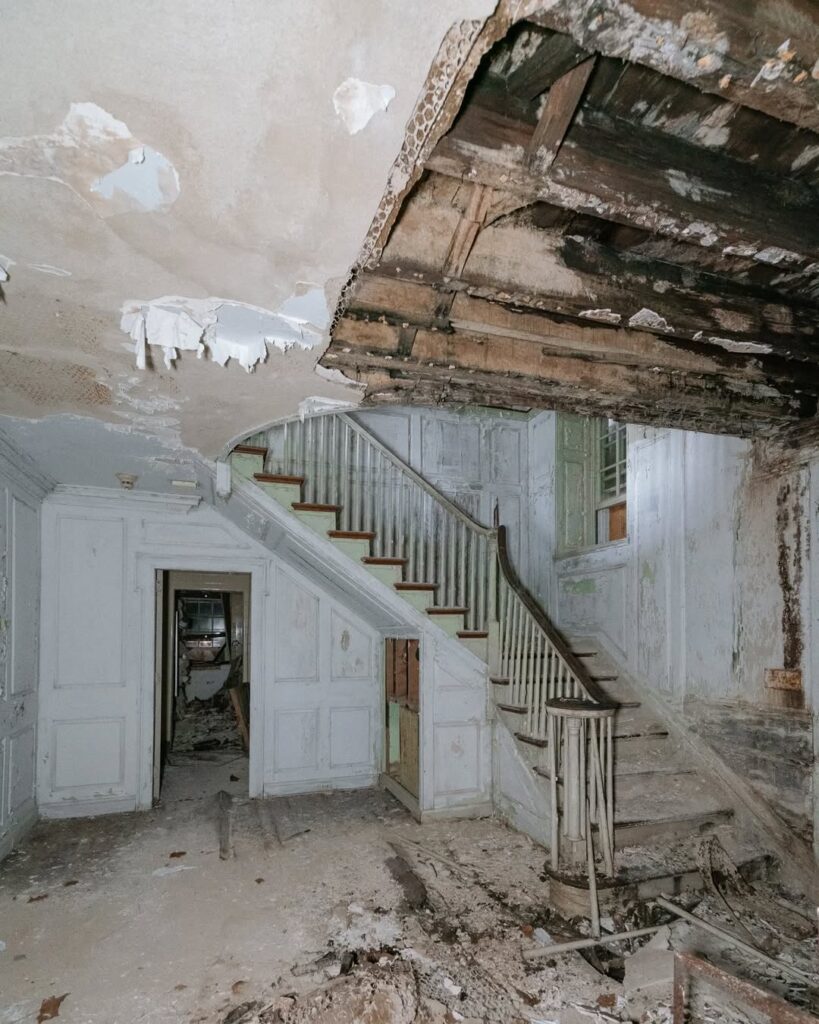
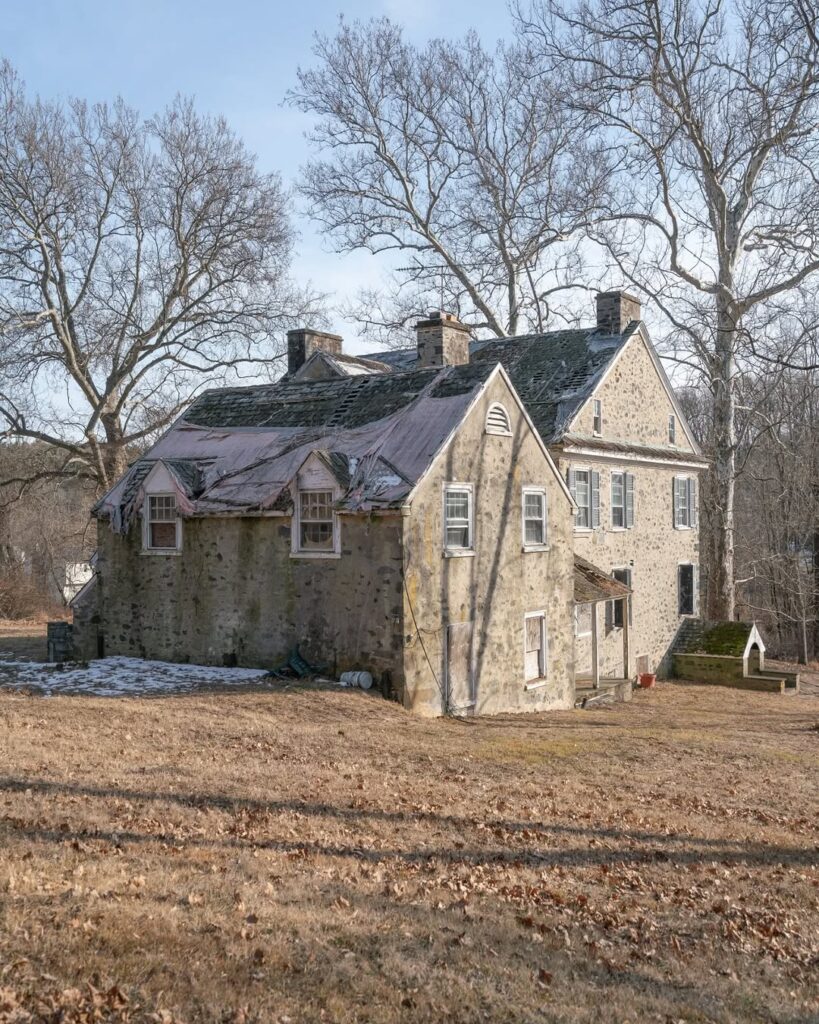
Industrial properties, particularly those with rolling mills or other manufacturing operations, may have environmental contamination that needs to be addressed before restoration can begin. Common environmental concerns include:
Soil Contamination: Industrial activities may have left heavy metals, oils, or other contaminants in the soil.
Groundwater Issues: Contamination may have affected local groundwater supplies.
Asbestos and Lead: Older buildings often contain hazardous materials that require professional removal.
Air Quality: Indoor air quality may be compromised by years of abandonment and potential mold growth.
Sustainable Restoration Practices
Modern restoration projects increasingly emphasize sustainable practices that minimize environmental impact while preserving historical integrity. These approaches include:
- Green building techniques that improve energy efficiency
- Sustainable materials that complement historical elements
- Water conservation systems
- Renewable energy integration where appropriate
- Native landscaping that supports local ecosystems
Technology and Historic Property Documentation
Digital Preservation Methods
Modern technology offers new ways to document and preserve the history of abandoned properties:
3D Scanning and Modeling: Creating detailed digital records of buildings and equipment before they deteriorate further.
Drone Photography: Capturing aerial views and accessing hard-to-reach areas for documentation.
Virtual Reality Tours: Allowing people to experience historic properties remotely.
Digital Archives: Creating online repositories of photographs, documents, and oral histories.
Research and Documentation Tools
Technology also enhances research capabilities for understanding historic properties:
- GIS Mapping to understand property relationships and changes over time
- Digital genealogy tools to trace family histories and property ownership
- Online databases for accessing historical records and documents
- Social media platforms for connecting with descendant families and gathering memories
Economic Impact of Historic Property Restoration
Job Creation and Economic Development
Historic property restoration projects can have significant positive economic impacts on local communities:
Construction Jobs: Restoration projects create employment opportunities for skilled tradespeople, architects, and project managers.
Tourism Revenue: Restored historic properties often become tourist attractions that bring visitors and revenue to local communities.
Property Value Increases: Successful restoration projects can increase property values in surrounding areas.
Business Development: Restored properties often house new businesses that contribute to local economic activity.
Long-term Economic Benefits
The economic benefits of historic property restoration extend beyond the immediate construction phase:
- Increased tax revenue from restored properties
- Job creation in businesses that locate in restored buildings
- Cultural tourism that supports local hospitality and service industries
- Community pride that encourages further investment and development
Case Studies in Historic Industrial Property Restoration
Successful Restoration Examples
Across America, numerous historic industrial properties have been successfully restored and repurposed. These success stories provide models for other communities facing similar challenges:
The Lowell National Historical Park in Massachusetts preserves and interprets the history of American industrial development, including restored textile mills and worker housing.
The Slater Mill in Rhode Island, often considered the birthplace of American industry, has been preserved as a museum that tells the story of early American manufacturing.
The Carrie Furnaces in Pennsylvania have been stabilized and are being developed as a cultural and recreational destination while preserving their industrial heritage.
Lessons Learned from Restoration Projects
Successful restoration projects share several common characteristics:
- Strong community support and local leadership
- Careful planning that balances preservation with practical reuse needs
- Adequate funding secured through multiple sources
- Professional expertise in both historic preservation and modern construction
- Flexible timelines that accommodate unexpected challenges
The Future of Historic Abandoned Properties
Emerging Trends in Preservation
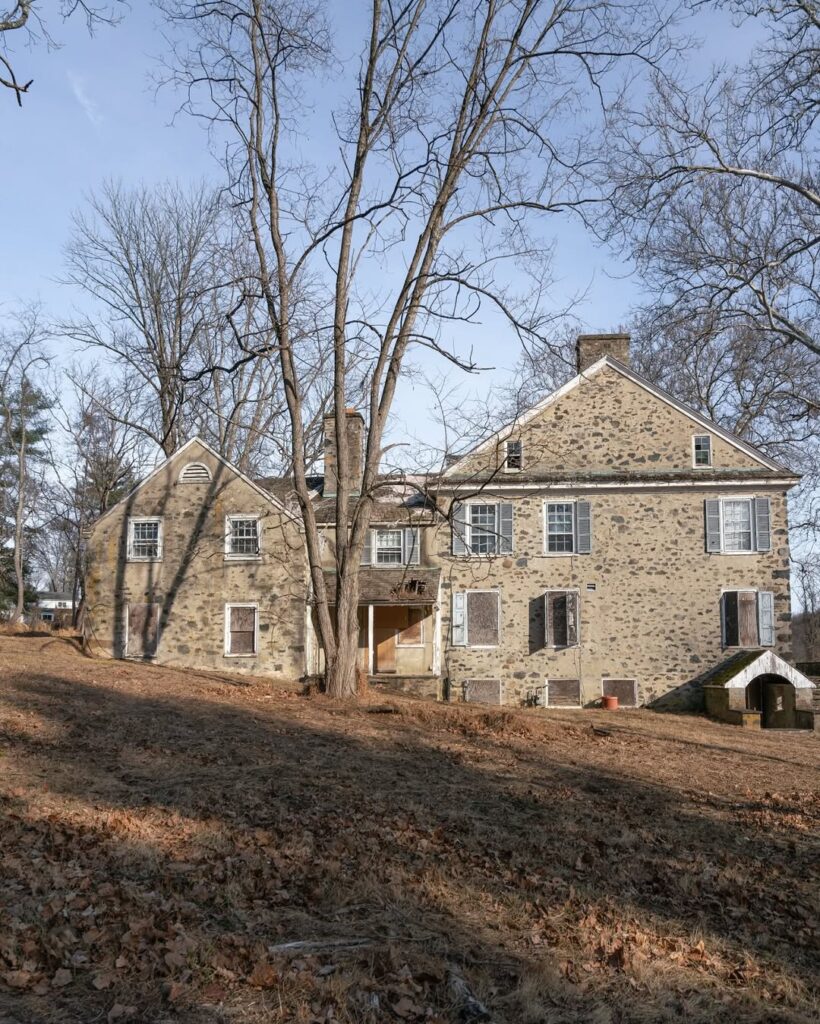
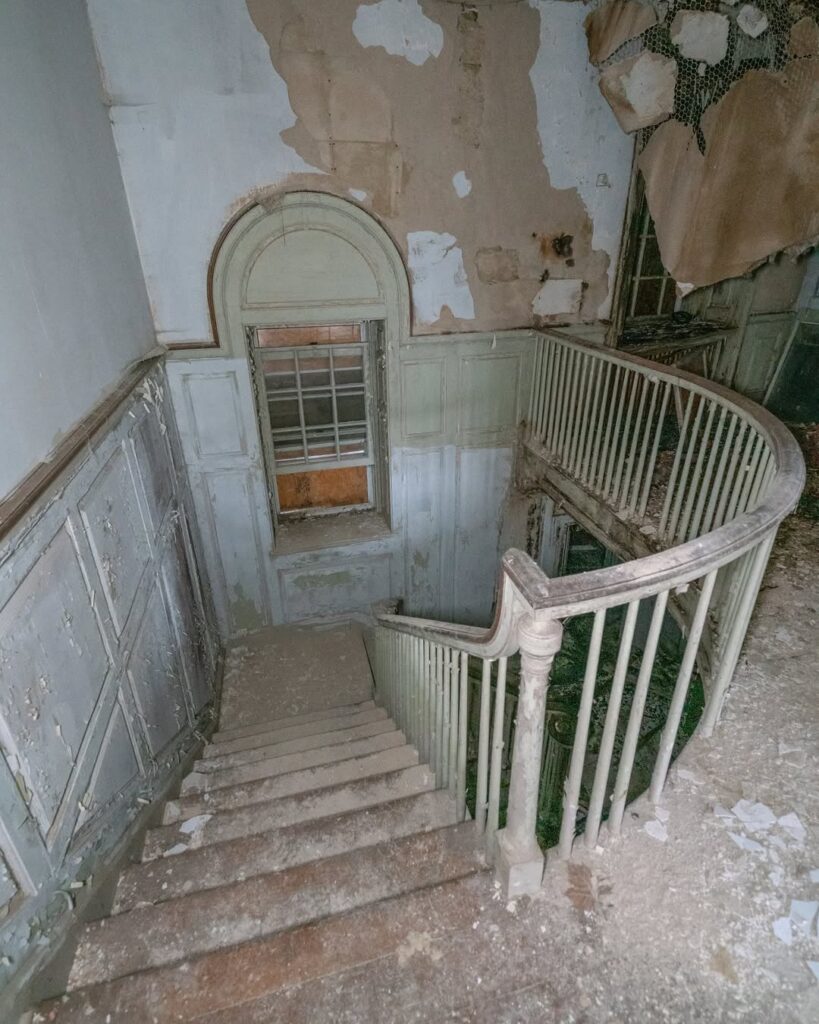
The field of historic preservation continues to evolve, with new approaches and technologies offering fresh possibilities for abandoned properties:
Partial Preservation: Rather than full restoration, some projects focus on stabilizing ruins and interpreting their history in place.
Community Ownership Models: Some communities are exploring cooperative ownership structures that make preservation more financially feasible.
Temporary Uses: Pop-up events and temporary installations can generate interest and funding for long-term preservation projects.
Digital Integration: Augmented reality and other technologies can enhance visitor experiences at historic sites.
Building Sustainable Preservation Programs
Long-term success in historic property preservation requires sustainable approaches that can adapt to changing circumstances:
- Diverse funding sources that reduce dependence on any single source of support
- Community engagement that builds lasting support for preservation efforts
- Professional partnerships that provide ongoing expertise and guidance
- Educational programs that ensure future generations understand and value historic properties
Frequently Asked Questions About Historic Abandoned Properties
What makes a property historically significant?
Historic significance can be determined by several factors: age (typically 50+ years), architectural importance, association with important people or events, or representation of historical periods or themes. Properties dating to 1773, like the Irish immigrant’s rolling mill property, are significant because they represent pre-Revolutionary American industrial development and early immigration patterns.
How can I research the history of an abandoned property?
Start with local historical societies, county clerk offices for deed records, and genealogical resources. Online databases, newspaper archives, and census records can provide valuable information. For industrial properties, look for business directories, industrial surveys, and trade publications from relevant time periods.
What are the legal responsibilities of owning an abandoned historic property?
Property owners are typically responsible for maintaining safe conditions, paying property taxes, and complying with local building codes. Historic properties may have additional restrictions on modifications. Consult with local building officials and historic preservation offices to understand specific requirements.
Can abandoned properties be restored to modern building standards?
Yes, but it requires careful planning and often significant investment. Historic properties can be upgraded for safety, accessibility, and energy efficiency while preserving their historic character. This typically requires working with professionals experienced in historic preservation and modern building codes.
Are there financial incentives for restoring historic properties?
Yes, various programs offer financial assistance: federal and state historic tax credits, preservation grants, low-interest loans, and property tax incentives. The specific programs available depend on the property’s historic significance and local regulations.
How do environmental concerns affect historic industrial properties?
Industrial properties may have soil or groundwater contamination that requires professional assessment and remediation. Environmental cleanup can be expensive but is often necessary before restoration can begin. Some funding programs specifically address environmental issues at historic sites.
What happens to abandoned properties if no one claims them?
Unclaimed properties may eventually become government-owned through tax foreclosure procedures. Some communities have programs to transfer such properties to preservation organizations or developers willing to restore them. The process varies by state and local jurisdiction.
How can communities get involved in preserving abandoned historic properties?
Communities can form preservation groups, advocate with local officials, organize fundraising efforts, volunteer for cleanup and documentation projects, and support educational programs. Local historical societies often coordinate these efforts and can provide guidance on how to get involved.
What documentation should be preserved when dealing with historic properties?
Important documents include property deeds, family records, photographs, business records, architectural drawings, and oral histories. Digital preservation methods can help ensure this information is available for future researchers and restoration efforts.
How do I determine if an abandoned property is safe to explore?
Never enter abandoned buildings without proper safety precautions and permission from the property owner. Abandoned structures can have structural damage, environmental hazards, and security risks. If you’re interested in exploring or documenting an abandoned property, contact the owner and consider hiring professionals for safety assessments.
The story of abandoned properties like the Irish immigrant’s rolling mill from 1773 represents more than just forgotten buildings – they are tangible connections to the people and industries that shaped America. These properties deserve our attention, care, and when possible, preservation for future generations to learn from and appreciate. Through careful documentation, community involvement, and thoughtful restoration approaches, we can ensure that these important pieces of American history continue to tell their stories for years to come.
![]()
Abandonedplace.com is your premier online destination for discovering and share the Top 50 abandoned places in the world. Our platform is dedicated to discovering the mystery, history and beauty of forgotten places through the Lenses of Urban Exploration

